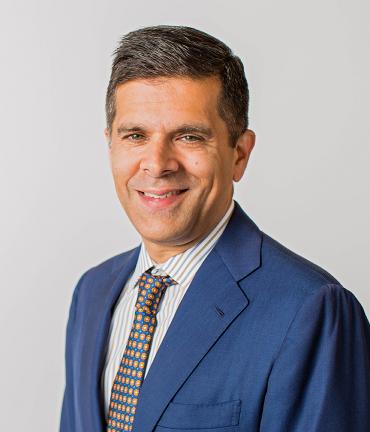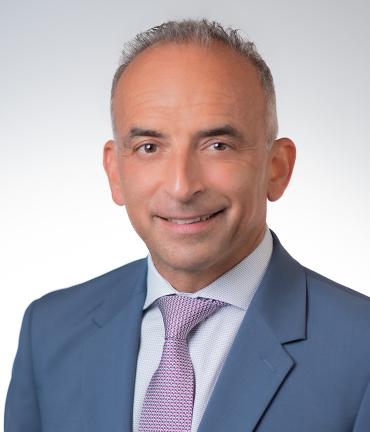
Schwannoma (grade 1)
Schwannoma is a benign, slow-growing tumor that arises from Schwann cells, which normally wrap around motor and sensory nerves and provide a variety of supportive functions.
Schwannomas can occur on any of the peripheral nerves (which occur outside of the brain and spinal cord) that are ensheathed by Schwann cells. This includes the cranial nerves, which transmit information between the brain and parts of the head and neck.
In particular, schwannomas occur most frequently on cranial nerve VIII (also called the vestibulocochlear nerve), which transmits sound and balance information from the inner ear to the brain. Schwannomas located on cranial nerve VIII are called vestibular schwannomas (and were previously known as acoustic neuromas).
Signs and symptoms of a schwannoma depend greatly on the location of the tumor. For schwannomas forming on peripheral nerves that are not cranial nerves, common signs or symptoms include the following:
- Noticeable mass, or lump at the tumor site
- Localized pain, numbness, or weakness (signs of a pinched nerve)
Patients with vestibular schwannoma may experience different symptoms specific to the locations of these tumors:
- Loss of hearing on one side
- Buzzing or ringing in the ear
- Dizziness or loss of balance
- Facial numbness on one side (from compression of cranial nerve V)
- Facial weakness or paralysis on one side (from compression of cranial nerve VII)
These symptoms result when the tumor compresses the vestibulocochlear nerve, disrupting its function in relaying auditory or balance information. If the tumor becomes large enough, it may also begin compressing other nearby cranial nerves. For instance, compression of the trigeminal nerve may cause facial numbness. Likewise, compression of the facial nerve can cause facial weakness or paralysis.
Typically, schwannomas only occur on one side, resulting in symptoms that affect either the left or right side of the body. For example, loss of hearing on one side. In some rare cases, schwannomas can develop on both sides, which would cause symptoms affecting both sides of the body.
Schwannoma is a relatively uncommon tumor, with vestibular schwannoma accounting for approximately 8.3% of all non-malignant brain tumors.1 This tumor typically occurs in adults, but can occasionally occur in children.
Some cases of vestibular schwannoma, especially those that occur in and affect both sides of the patient’s body, are associated with a rare genetic condition called Neurofibramatosis Type 2 (NF-2) related schwannomatosis.2
Schwannomas of sufficient size (and/or those causing sufficient symptoms) will be treated with surgery to remove as much of the tumor as possible. For vestibular schwannomas, this surgery is often performed by a neurosurgeon working alongside an otolaryngologist specializing in neuro-otology because the approaches (which typically are performed from the side or back of the head) require removing bone and working around structures that are close to cranial nerves and structures involved in hearing.
Very rarely, patients with schwannomas that are not vestibular schwannomas but arise instead from other cranial nerves, may be candidates for minimally invasive skull base surgery. This approach involves removing the tumor endoscopically, using special tools and scopes that pass through small openings – in this case, the nasal passages.
Occasionally, depending on the size, number, and location of the tumor(s), radiation therapy (including radiosurgery) may be suggested as an adjunct or alternative to surgery. Alternatively, if the tumor is small, slow-growing, and has few or no symptoms, then the patient may be observed, with surgery and/or radiation performed only when necessary.
For patients with schwannomas that are part of NF-2, there are promising medical therapies that can help. UCSF has a Comprehensive NF-1 and Schwannomatosis Program that provides multidisciplinary tailored care for this patient population.
Treatment Options for Hearing Loss >
Schwannomas are benign, slow-growing tumors that do not spread to other parts of the body. Patients with vestibular schwannomas usually have excellent outcomes. Radiosurgery has excellent results when treating small vestibular schwannomas and surgery is also typically sufficient to remove the tumor and alleviate any symptoms. Schwannomas also rarely recur after complete surgical removal. The goals of therapy are always to maximize the degree of tumor control, alleviate existing symptoms, and preserve normal nerve functioning.
- Price M. et al., CBTRUS Statistical Report: Primary Brain and Other Central Nervous System Tumors Diagnosed in the United States in 2017-2021. Neuro Oncol. 2024 Oct 6;26(Supplement_6):vi1-vi85.
- Campian, J. and D.H. Gutmann, CNS Tumors in Neurofibromatosis. J Clin Oncol, 2017. 35(21): p. 2378-2385.
Our Specialists
This content was reviewed by UCSF neuro-oncologist Brian Na, MD, PhD.




